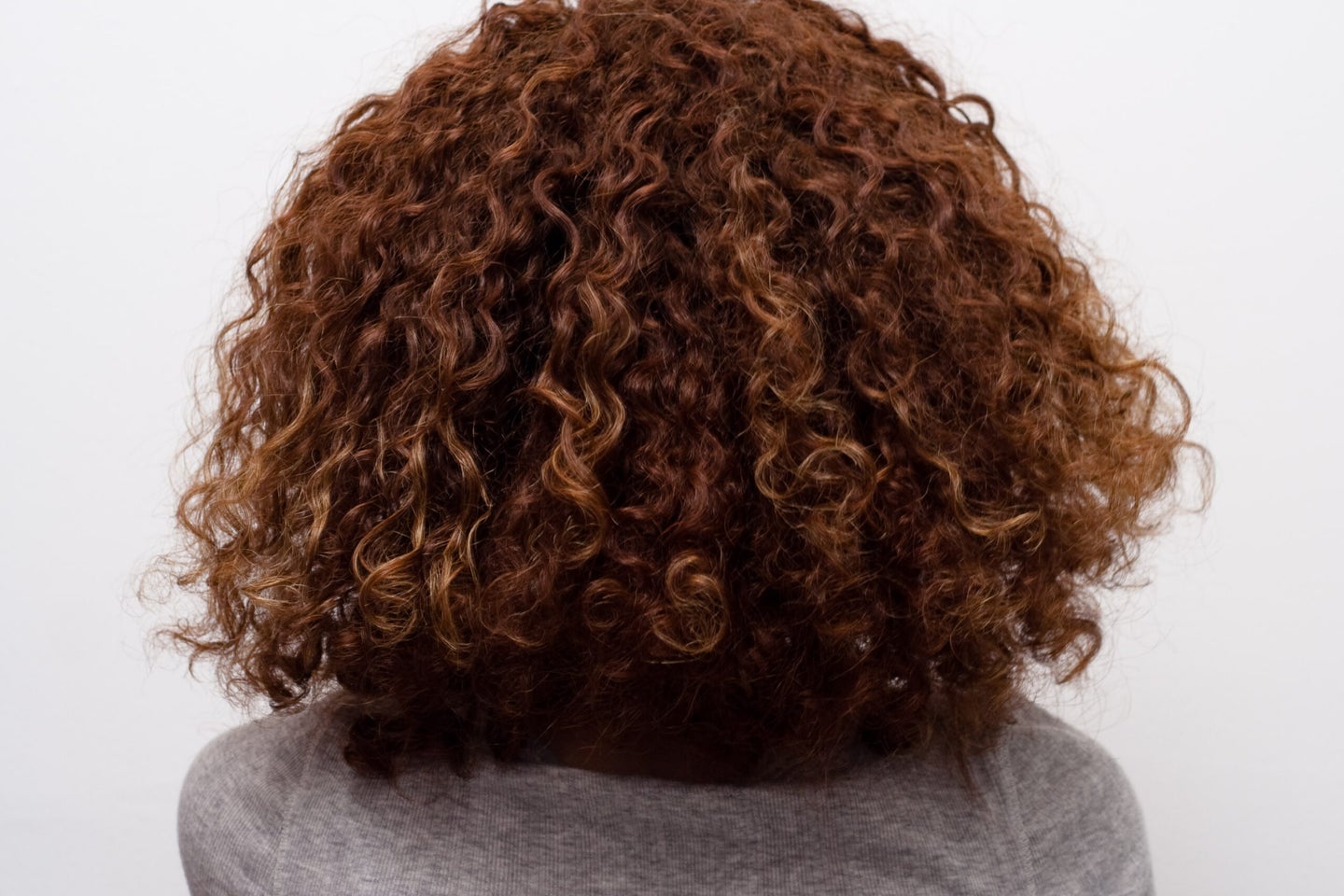Science Wants To Help You Straighten Your Hair Without Frying It
Step away from the straightening iron

Those of us with unruly, curly manes are constantly searching for ways to tame them. For those who choose to straighten their hair using heat (applied with gadgets like flatirons), getting the desired look without singeing the hair into an amorphous mass is difficult, and the various products that claim to protect hair are a font of misinformation. One curly-haired engineer from Purdue University and her team have taken on the problem; the researchers are presenting their first paper on the heat capacity for different types of hair today at the American Society of Mechanical Engineers’ International Design Engineering Technical Conference.
Put simply, hairs are curly or not because of their chemical structure, influenced by genes and the distribution of the protein keratin. To make a curly hair straight, you apply heat to break the chemical bonds. Apply too much, either through an iron that’s too hot or styling it too often, and the bonds can be permanently broken, leading to fried hair that can’t regain its natural shape. Lots of products claim to protect hair from this frying, but the formulas are highly variable and ineffective.
The Purdue team has received funding from several hair care companies to fund their work. The Washington Post reports that the researchers will analyze how heat moves through individual strands of hair and categorize hair by the tightness of its curls, not by the ethnic group from which the hairs were plucked, as other researchers (and hair care companies) have done in the past. Reid hypothesizes that the amount of heat a hair can take without frying will depend on the hair’s texture, even within ethnicities.
“The hope is that a person could make reference to a chart that we can put in their hands, so that they’re clearly able to identify their own hair type, and say ‘All right, here is the range of temperatures that have been empirically validated to not damage my hair,'” Reid told the Washington Post. Eventually her team may evaluate the various products that claim to protect hair from heat, but that’s a secondary objective—first, she just wants to better understand the chemicals that make her hair curly.